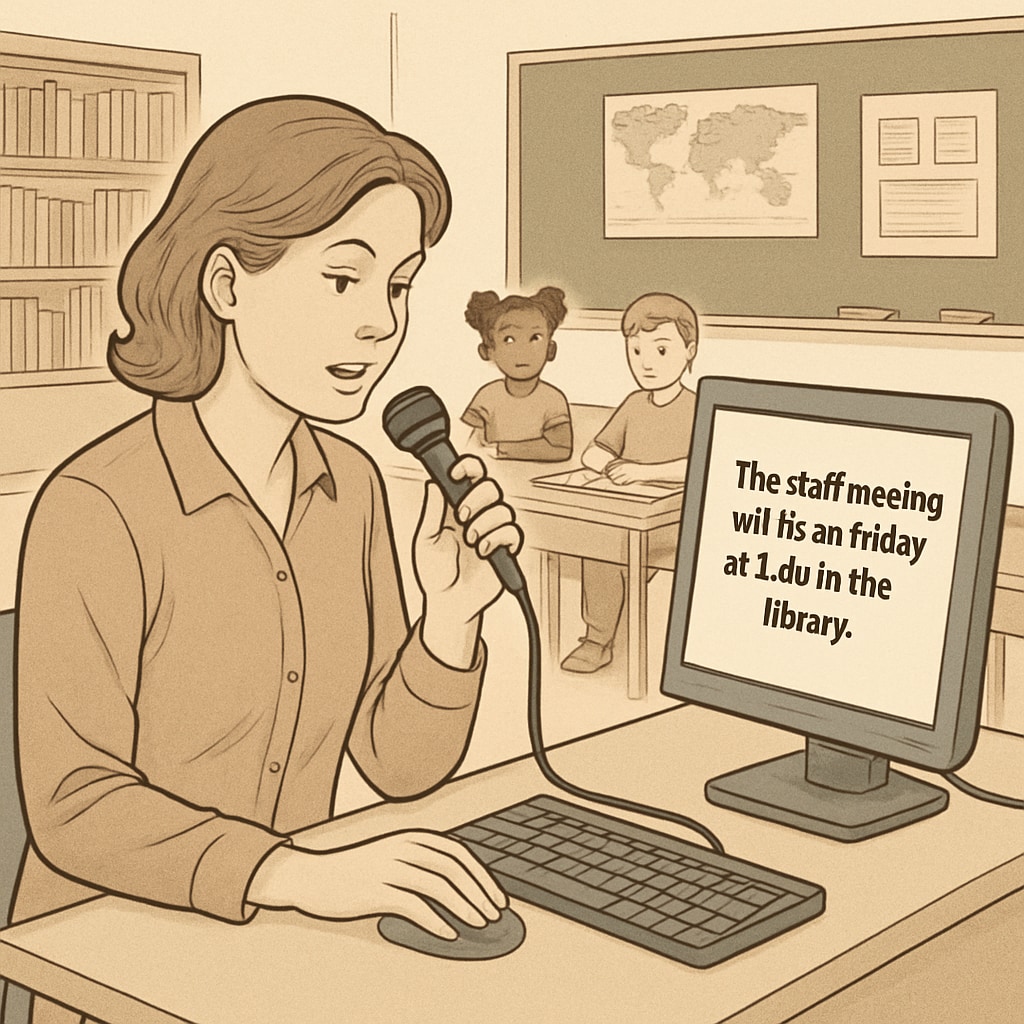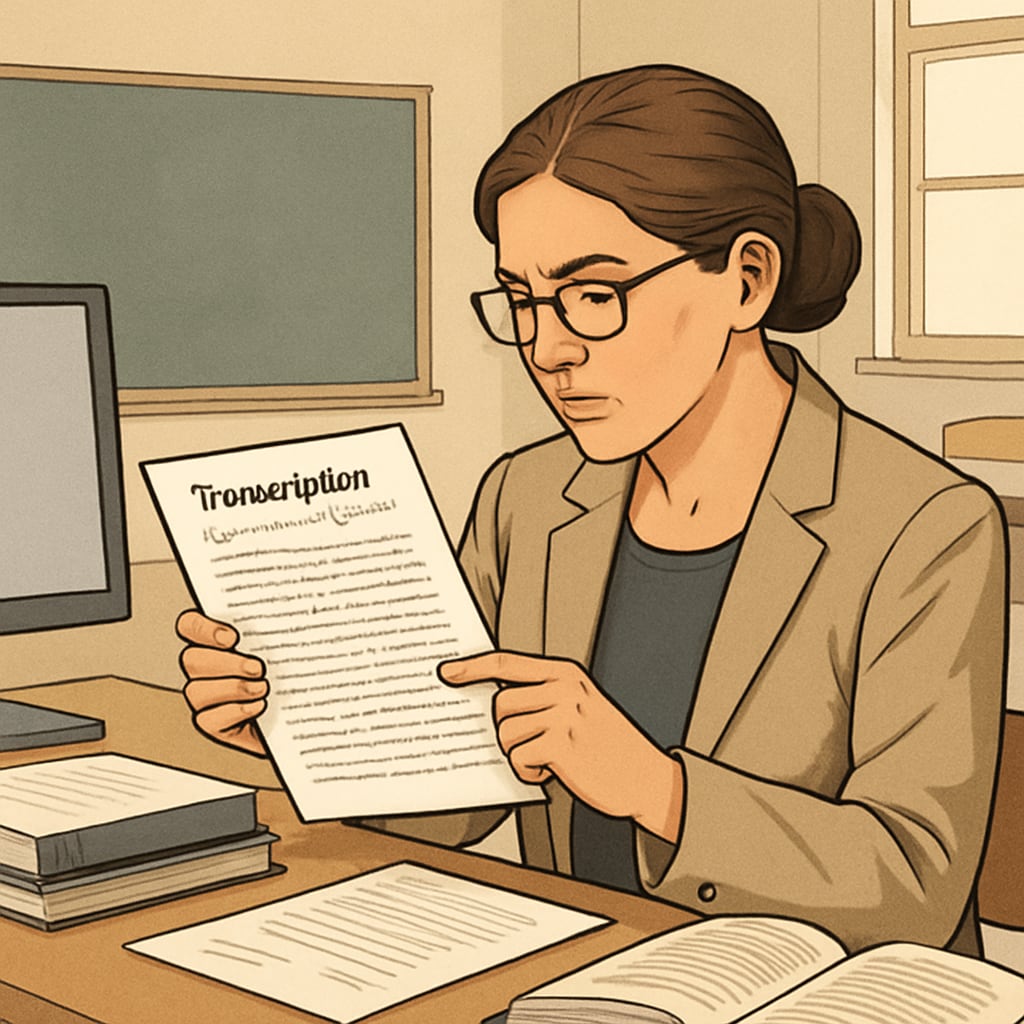Administrative tasks often consume a significant portion of teachers’ time, detracting from their ability to focus on high-quality education. Tools like WillowVoice, a speech-to-text technology, are revolutionizing teacher workflows in K12 education by reducing paperwork and streamlining feedback processes. By accurately recognizing academic vocabulary and generating documents swiftly, this technology empowers educators to shift their focus from administrative burdens to meaningful classroom interactions.

How Speech-to-Text Technology Streamlines Teacher Workflows
Teachers are often overwhelmed by the sheer volume of administrative tasks, such as grading, documenting lesson plans, and providing detailed feedback. Speech-to-text technology helps alleviate these burdens by automating the conversion of spoken words into written documents. For example, WillowVoice is designed to recognize complex academic terms, ensuring accuracy even in specialized educational settings. This eliminates repetitive typing and allows teachers to complete tasks faster and more efficiently.
- Automates documentation of lesson plans and meeting notes
- Enhances grading efficiency by enabling quick verbal feedback transcription
- Reduces errors by accurately interpreting complex academic terms
As a result, teachers can allocate more time to their core responsibilities, including lesson preparation and student engagement.
Boosting Teaching Feedback with Advanced Speech Recognition
Providing personalized feedback is a cornerstone of effective teaching, but the process can be time-consuming. Speech-to-text technology like WillowVoice allows educators to offer detailed verbal feedback, which is instantly transcribed into text for students. This not only accelerates the feedback process but also ensures that feedback is clear and professionally formatted.

Additionally, these tools can be integrated into various platforms, allowing feedback to be directly shared with students or parents. Features such as multi-language support and customizable templates further enhance the utility of speech-to-text software in diverse educational settings.
The Broader Impact of Speech-to-Text Technology in K12 Education
Beyond administrative tasks and feedback, speech-to-text technology is reshaping the broader educational landscape. Teachers can use these tools to create inclusive classrooms, where students with disabilities can benefit from enhanced accessibility features. Moreover, speech-to-text solutions enable seamless collaboration among educators by simplifying shared documentation processes.
According to a study on education technology adoption (Educational Technology on Britannica), tools like WillowVoice are key to addressing teacher burnout and ensuring long-term retention in the profession. By significantly lightening administrative workloads, these technologies pave the way for a more focused and effective teaching environment.
Conclusion: Embracing the Future of Education Technology
Speech-to-text technology, exemplified by tools like WillowVoice, is not just a productivity booster—it’s a game-changer for K12 educators. By simplifying workflows, enhancing feedback, and enabling accessibility, these tools allow teachers to focus on what matters most: educating and inspiring students. As schools continue to adopt advanced technologies, speech-to-text solutions will undoubtedly play a pivotal role in shaping the future of education.
For educators seeking to optimize their workflows, investing in speech-to-text tools is a step toward greater efficiency and improved classroom outcomes. The transformation is not just about reducing paperwork; it’s about unlocking the full potential of teaching in the modern era.
Readability guidance: This article uses concise paragraphs, lists, and clear transitions to enhance readability. Tools like speech-to-text technology are explored in detail to ensure practical insights for educators while maintaining an engaging narrative.


